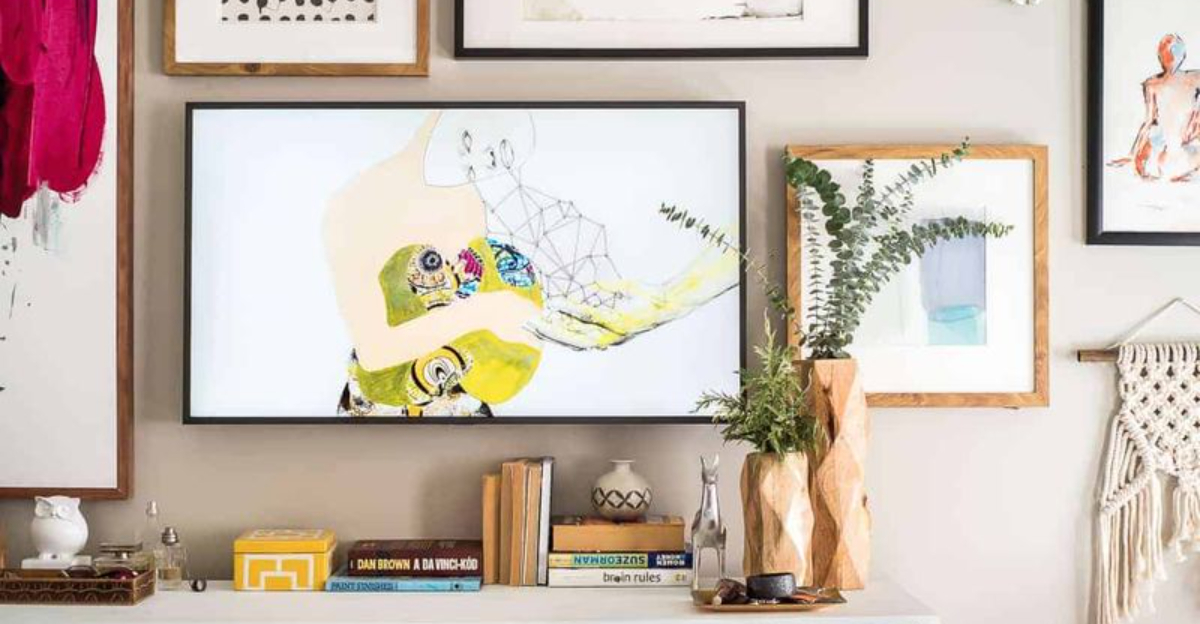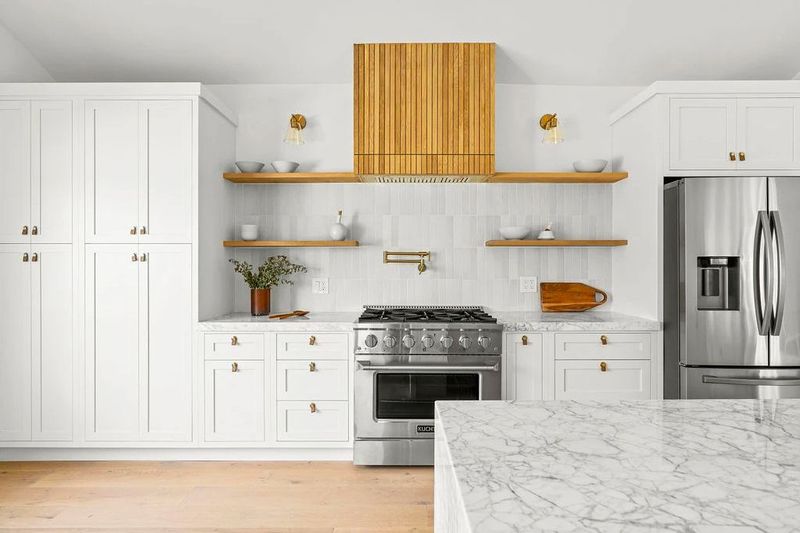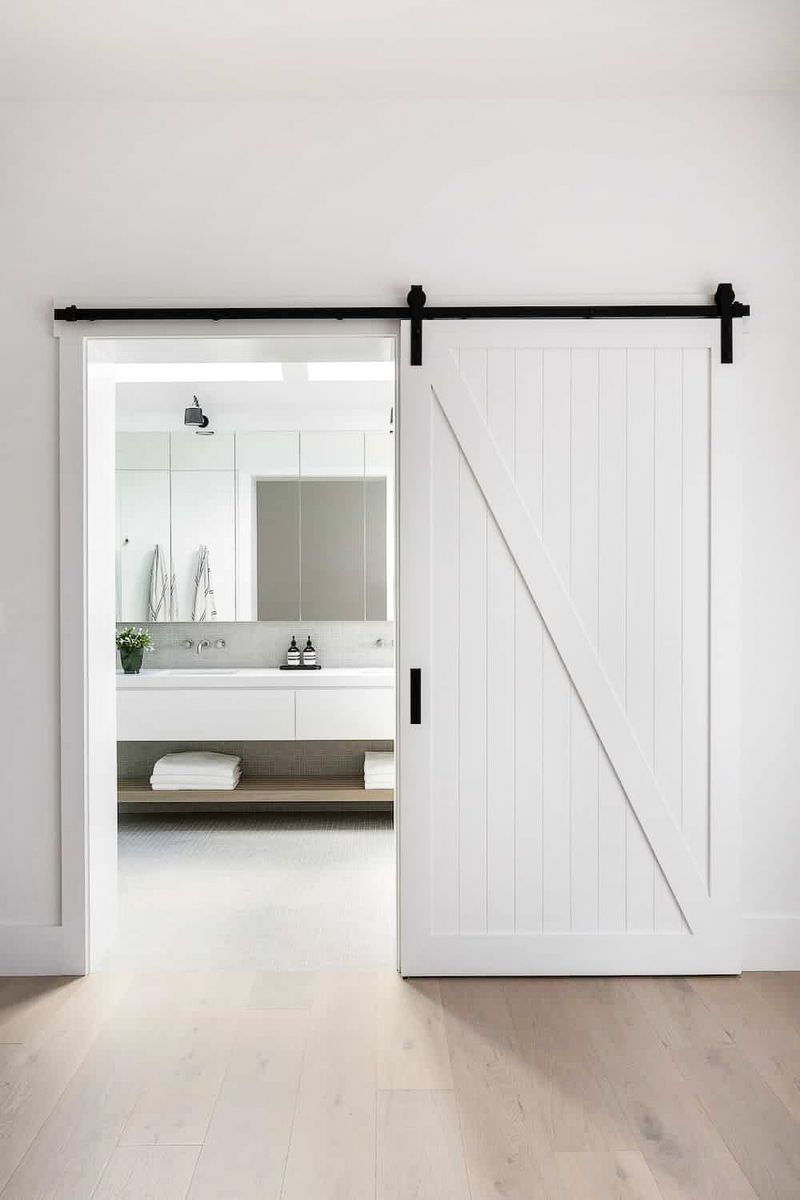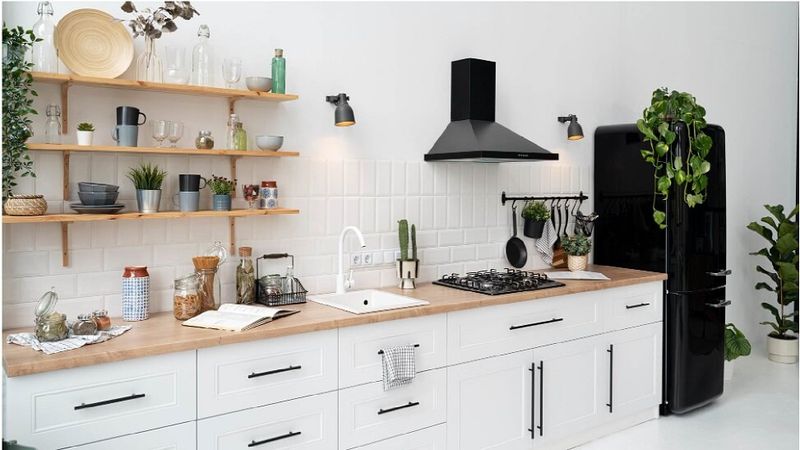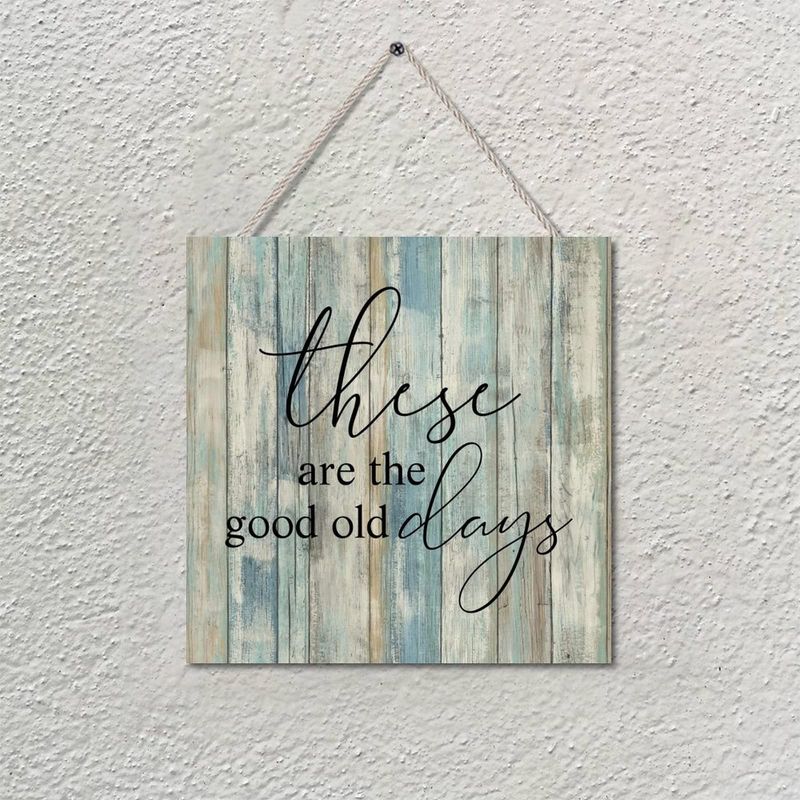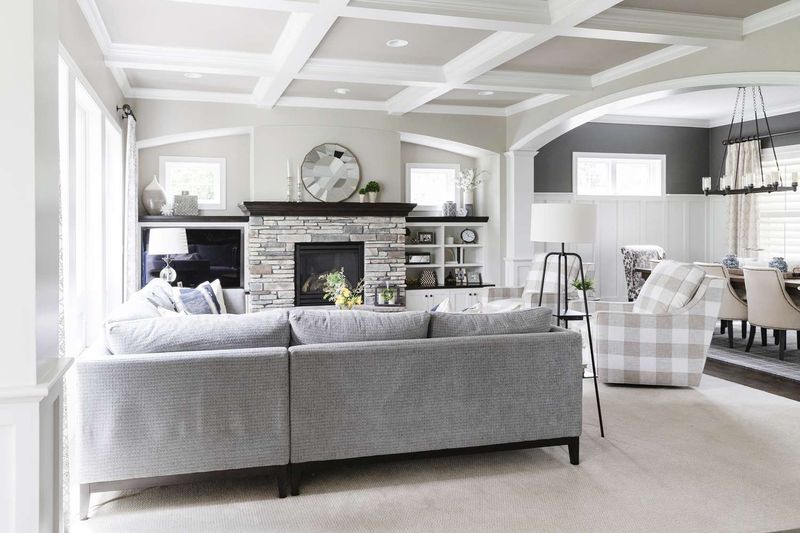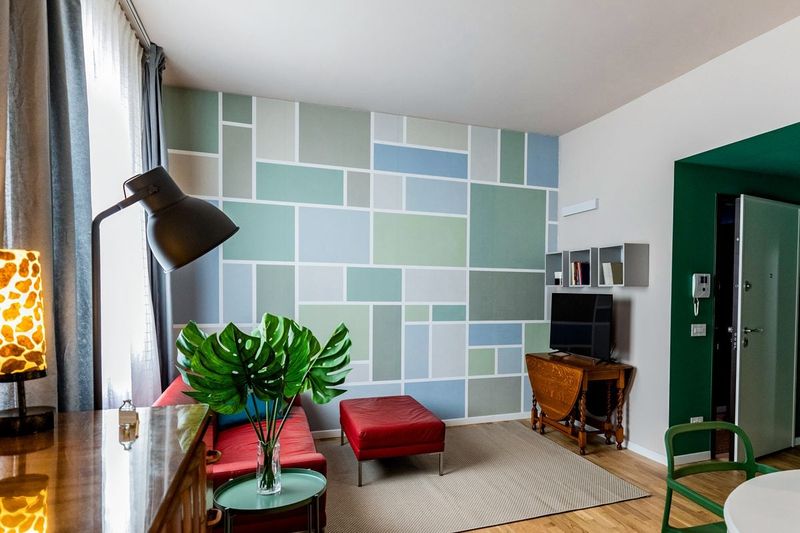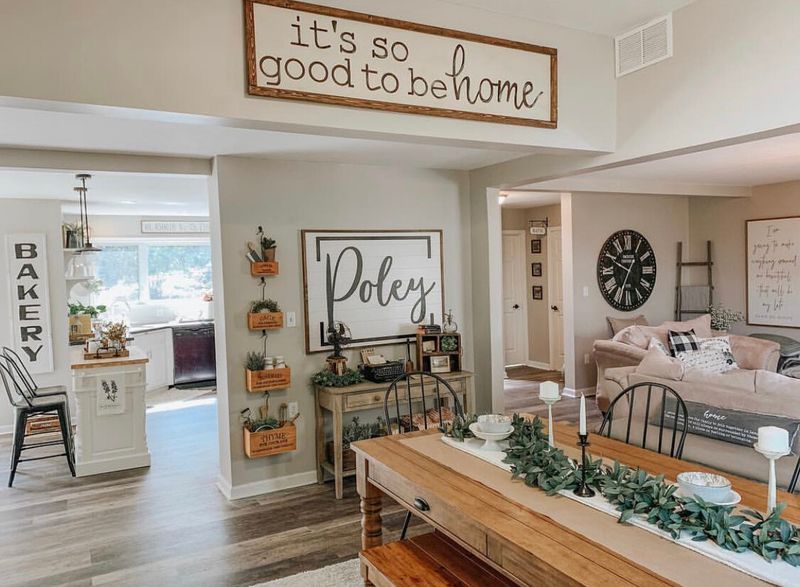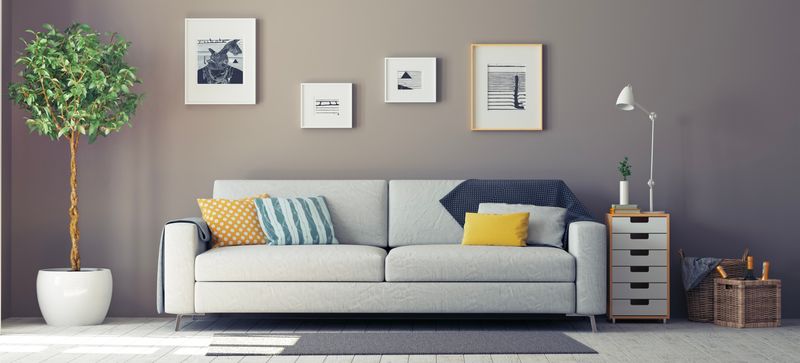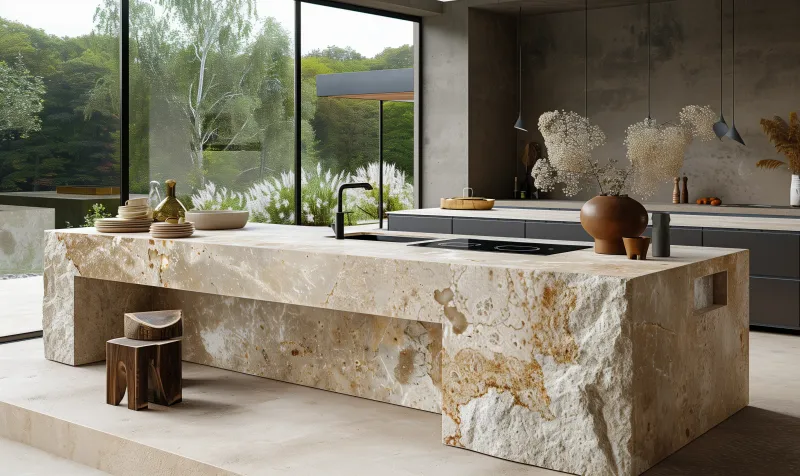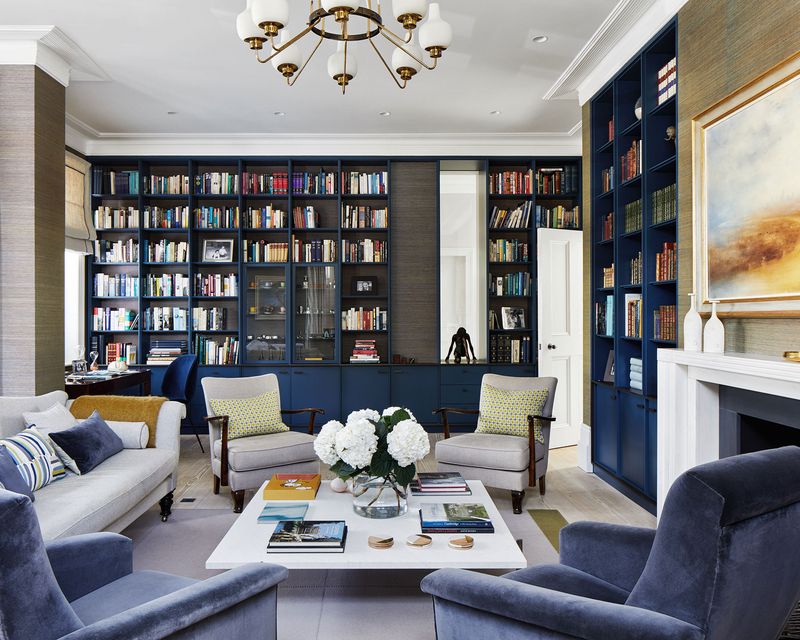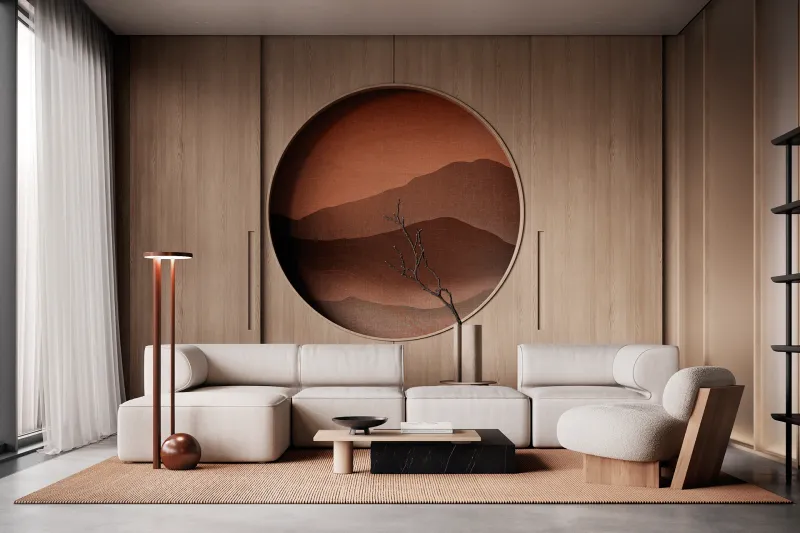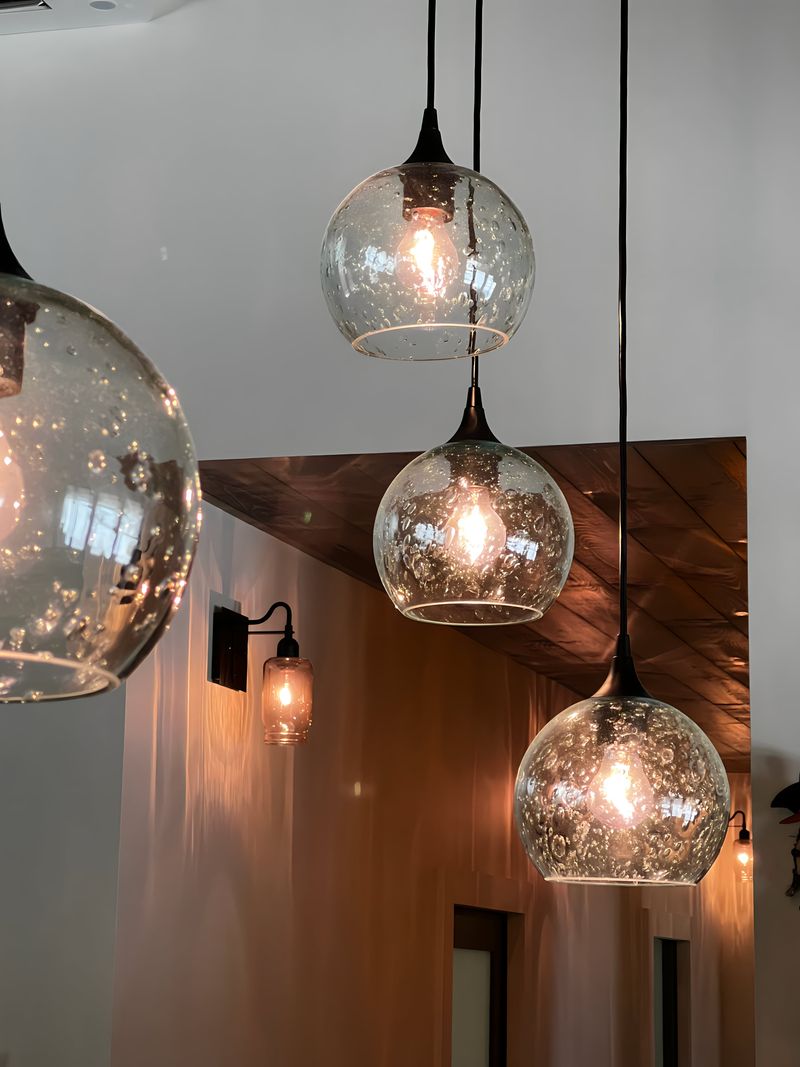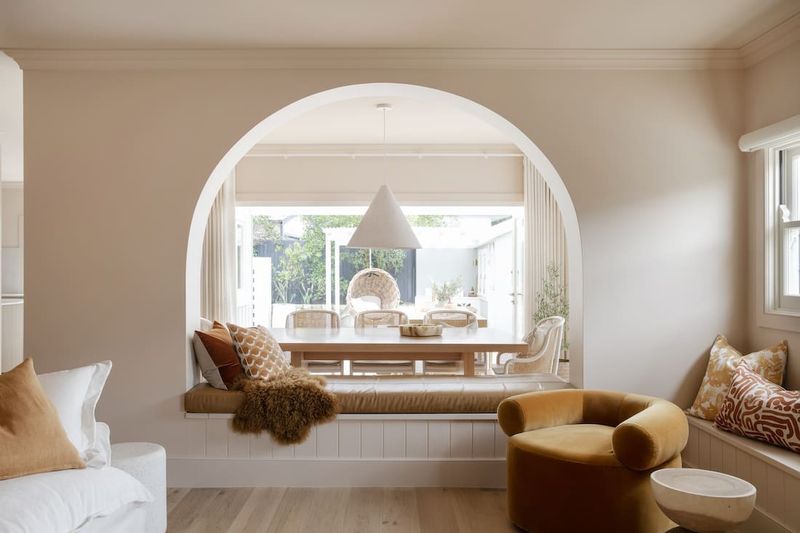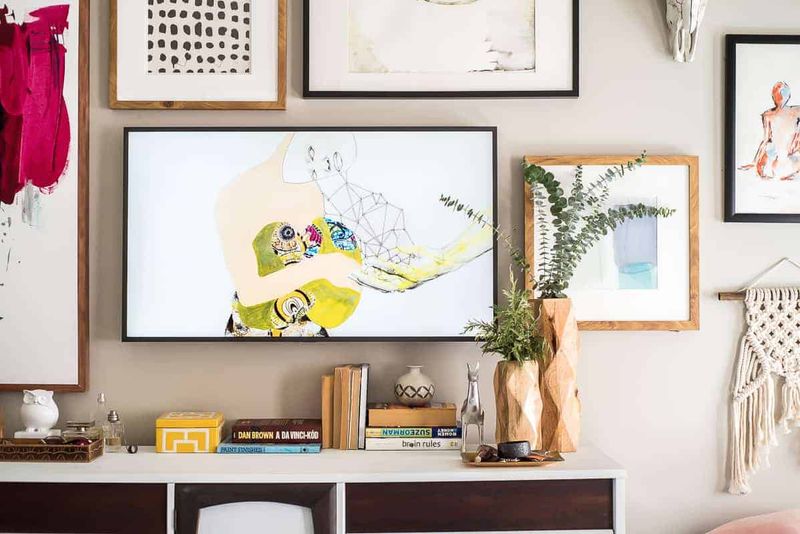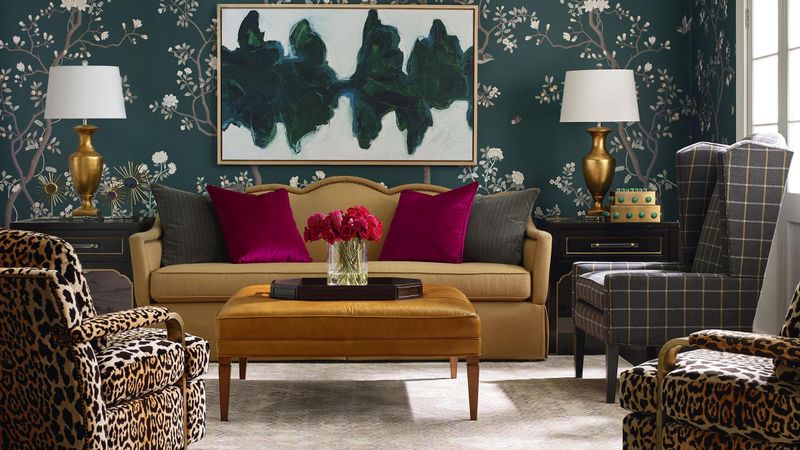Trendy decor might look great on your feed today, but not every style stands the test of time.
Interior designers have seen countless fads come and go – and they can usually spot the ones that will feel outdated just a few years down the line. On the flip side, some design choices manage to stay stylish for decades, quietly anchoring a space with timeless appeal.
If you’re planning a home refresh, it’s worth knowing which trends to skip and which ones to embrace. Here are 8 popular styles designers say won’t age well – and 8 that absolutely will.
1. All-White Everything
Remember when everyone was obsessed with making their homes look like sterile laboratories? The all-white kitchen, bathroom, and living space trend creates a visually striking look in photos, but real-life maintenance is a nightmare.
Coffee spills, fingerprints, and general living quickly transform that pristine white into a constant cleaning challenge. Designers are now embracing warmer neutrals and natural materials that hide imperfections while creating inviting spaces that actually feel livable.
2. Barn Doors as Interior Doors
Sliding barn doors swept into homes alongside the farmhouse trend, appearing everywhere from bathrooms to bedrooms. While they certainly make a statement, their practicality leaves much to be desired.
These doors provide minimal sound insulation, privacy issues with their gaps, and the tracks collect dust like magnets. As homeowners tire of rustic aesthetics, these bulky statement pieces will likely be replaced by pocket doors or traditional hinged options that actually, you know, close properly.
3. Open Shelving Kitchens
Instagram made us believe we all have perfectly coordinated dish collections worth displaying. In reality, open shelving creates a visual showcase for dust, grease, and mismatched mugs.
Without the protection of cabinet doors, everything requires constant cleaning and perfect arrangement. Many homeowners quickly realize that having to meticulously style everyday items is exhausting. The return to upper cabinets with glass-front options provides the best of both worlds—display space with protection.
4. Word Art and Typography Signs
“Live, Laugh, Love” may have started innocently enough, but the explosion of word art has reached peak saturation. Those giant cursive words telling you to “Gather” in your dining room or “Wash” in your bathroom state the obvious in the least subtle way possible.
What once felt personal now reads as generic placeholder decor. Designers predict this trend will date homes similar to how 1980s country goose decor immediately timestamps a space. Personal art collections and meaningful objects are making a welcome comeback as focal points.
5. Gray Everything
The gray revolution conquered homes for nearly a decade, promising a modern, neutral palette. However, when everything from floors to walls to furniture comes in identical shades of cool gray, spaces feel cold and impersonal.
Interior designers are increasingly witnessing client fatigue with these colorless environments. The pendulum is swinging toward warmer neutrals, earthy tones, and actual color that brings personality back into living spaces. Those all-gray renovations will soon read as distinctly “late 2010s” as avocado appliances scream “1970s.”
6. Accent Walls in Bold Colors or Patterns
That single turquoise wall or busy geometric wallpaper might have seemed like a commitment-free way to add personality to your space. Unfortunately, accent walls often end up looking like you simply ran out of paint or courage midway through decorating.
Design experts suggest this choppy approach to color will soon feel dated. The more timeless approach involves cohesive color throughout a space or thoughtful color blocking that considers the entire room’s architecture. When a trend becomes a staple of quick home-flipping shows, its days are numbered.
7. Farmhouse Style Overload
Shiplap, distressed everything, and mason jars have infiltrated homes across America, regardless of architectural style or actual location. The mass-produced “rustic” look has become so ubiquitous that it’s lost all authenticity.
When suburban McMansions are filled with sliding barn doors and faux-distressed furniture, the charm disappears. Designers predict we’ll see a retreat from this one-size-fits-all aesthetic toward more regional architectural influences and personally meaningful decor that tells individual stories rather than mimicking a TV show set.
8. Fast Furniture and Decor
Quickly produced, trendy furniture pieces from mass retailers might satisfy immediate gratification, but they’re creating both design and environmental problems. These items often look dated within a few years and lack the quality to withstand normal use.
The disposable furniture cycle is increasingly viewed as unsustainable. Interior designers are guiding clients toward investment pieces, vintage finds, and higher-quality basics that can be reupholstered or refinished as tastes evolve. Like fast fashion, fast furniture will soon carry a stigma as consumers become more environmentally conscious.
1. Natural Stone Surfaces with Character
Marble, granite, and limestone with distinctive veining and character marks are reclaiming their throne in kitchens and bathrooms. Unlike the perfectly uniform countertops of yesteryear, today’s stone embraces natural imperfections.
These surfaces tell a story through their unique patterns formed over millions of years. The beauty? They develop a lived-in patina over time that only enhances their appeal.
2. Living Room Libraries
Remember when everyone was hiding their books? That trend is officially over! Built-in bookshelves that showcase actual books (gasp!) are making a triumphant comeback in living spaces.
The psychological comfort of being surrounded by books creates an instant sense of home that screens simply can’t replicate. Plus, your collection reveals your personality to guests in a way that’s far more interesting than any generic wall art could.
3. Japandi Fusion Aesthetic
Who would have thought combining Japanese minimalism with Scandinavian coziness would create such design magic? Japandi style marries the best of both worlds: clean lines and natural materials with warm textures and functional comfort.
The beauty of this fusion lies in its balanced approach. Nothing feels too sparse or too cluttered. Think low-profile furniture in natural woods, neutral color palettes with occasional pops of muted color, and carefully curated accessories that each serve a purpose.
4. Handcrafted Lighting Fixtures as Art
Forget those mass-produced chandeliers! Artisanal lighting fixtures crafted by actual human hands are illuminating homes with personality that factory-made pieces can’t touch. These statement pieces transform from mere light sources into sculptural focal points that anchor a room’s design.
What makes these fixtures timeless? Their uniqueness and connection to ancient craft traditions that transcend fleeting trends. They tell stories that mass-produced items simply can’t.
5. Curved Architectural Elements
Sharp corners are taking a backseat to gentle curves in doorways, windows, and built-ins. This architectural choice softens spaces instantly, creating flow and visual interest without relying on decorative clutter.
The human eye naturally responds positively to curves – they’re found throughout nature and have appeared in architecture across centuries and cultures. That’s precisely why designers believe this “trend” isn’t really a trend at all, but rather a return to forms that humans have always found appealing.
6. Biophilic Tech Integration
“Technology that doesn’t look like technology” might sound contradictory, but it’s revolutionizing how we incorporate smart home features. Picture television screens disguised as artwork when not in use, speakers camouflaged as decorative objects, and charging stations built into natural wood furniture.
This marriage between cutting-edge tech and natural elements creates spaces that feel both advanced and grounded. No more black plastic boxes disrupting your carefully designed rooms!
7. Grandmillennial Maximalism
Grandma’s house just got cool again! This delightful rebellion against sterile minimalism combines vintage-inspired patterns and pieces with contemporary elements. Think floral wallpaper paired with modern art, antique furniture alongside sleek lighting, and layered textiles that create depth.
What makes this approach timeless? It already incorporates elements that have stood the test of time, reinterpreted for today’s living. By honoring craftsmanship from various eras rather than adhering to one specific style moment, these spaces continually evolve while maintaining their soul.
8. Conversation Pits Reimagined
The iconic sunken living rooms of the 1970s are making a spectacular comeback, but with modern sensibilities. Today’s versions feature modular seating that can be reconfigured, improved acoustics for better conversation, and integration with surrounding spaces rather than complete isolation.
Designers love these spaces for their inherent coziness and the way they naturally draw people together. The slight architectural shift of dropping the floor level creates an immediate sense of intimacy that conventional seating arrangements struggle to achieve. Plus, they’re just plain fun!

